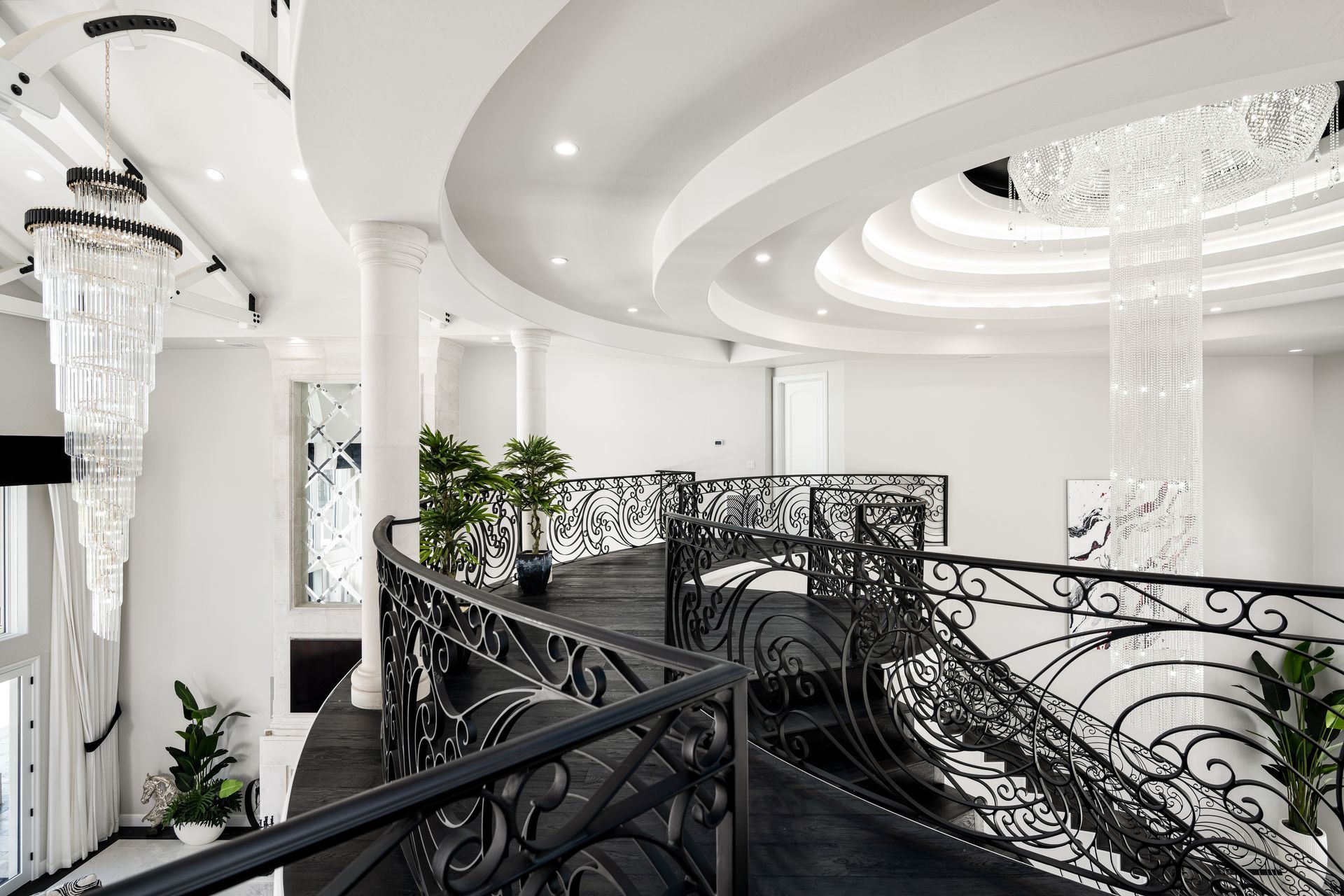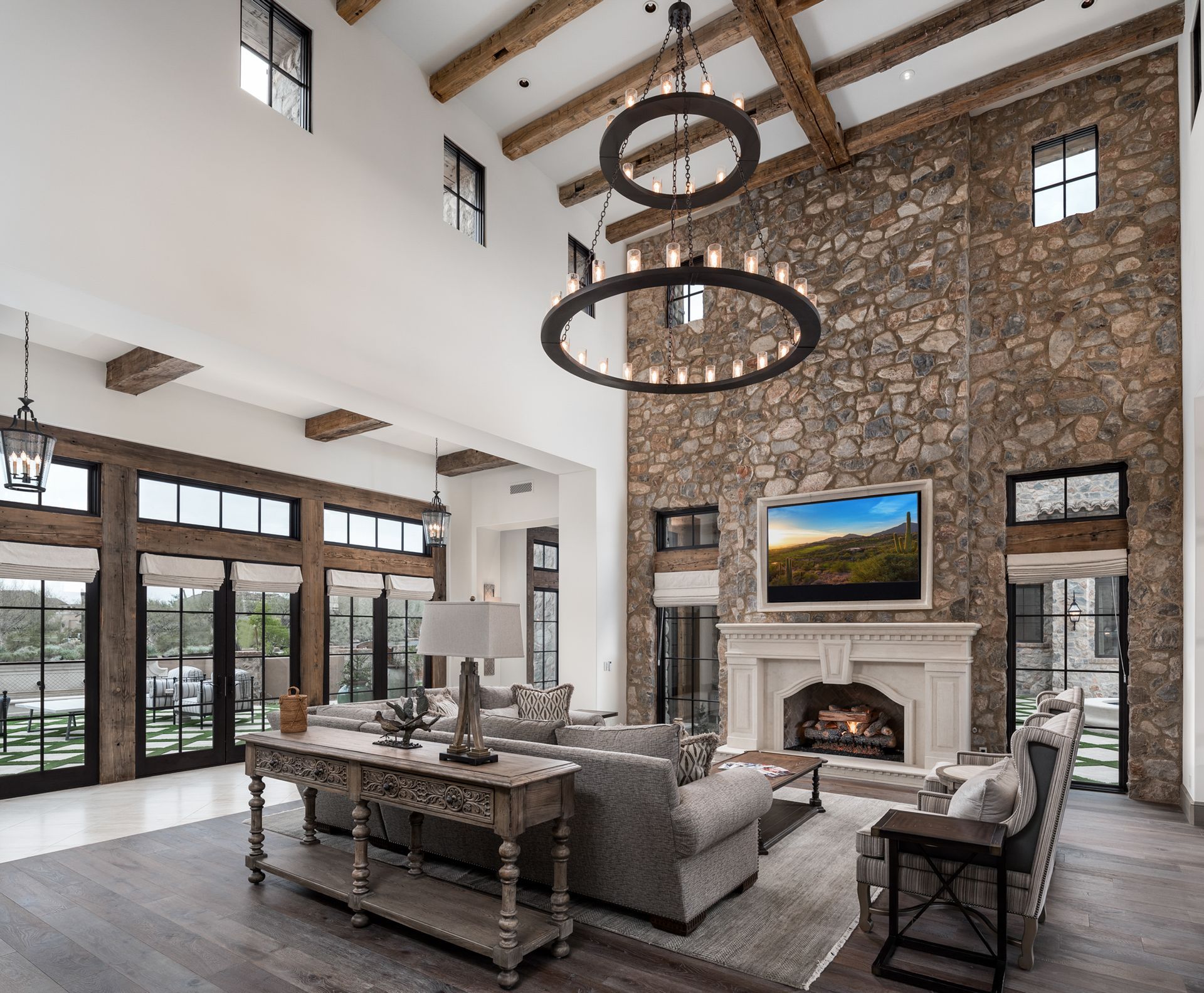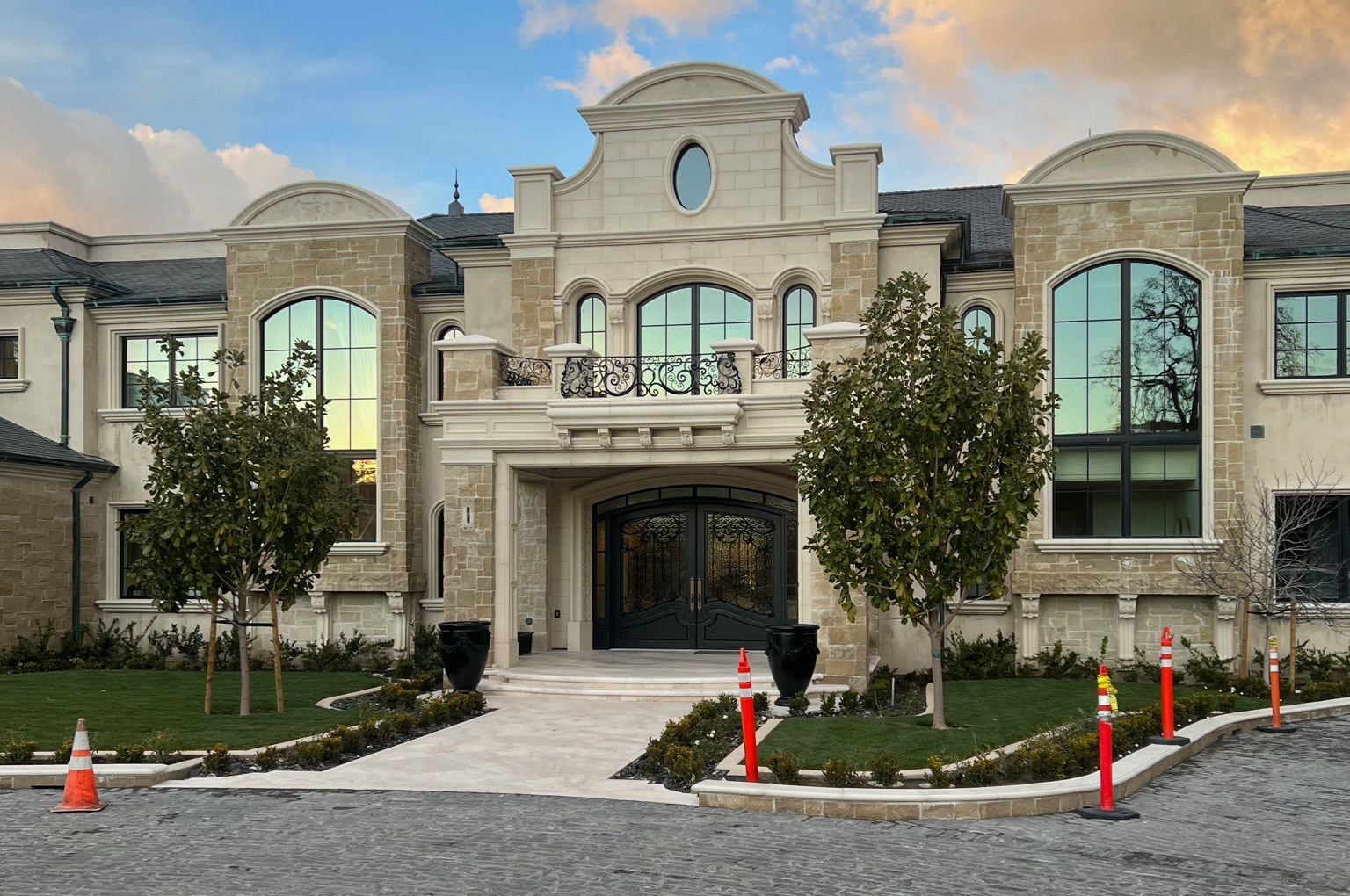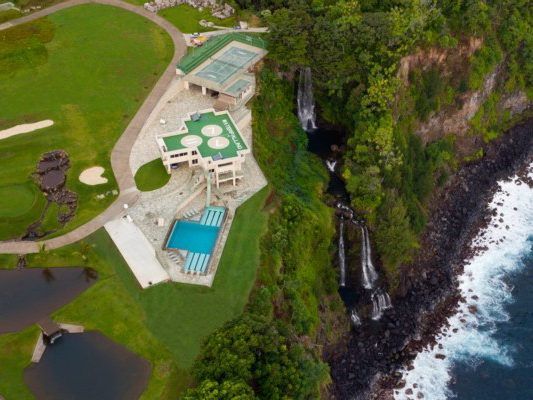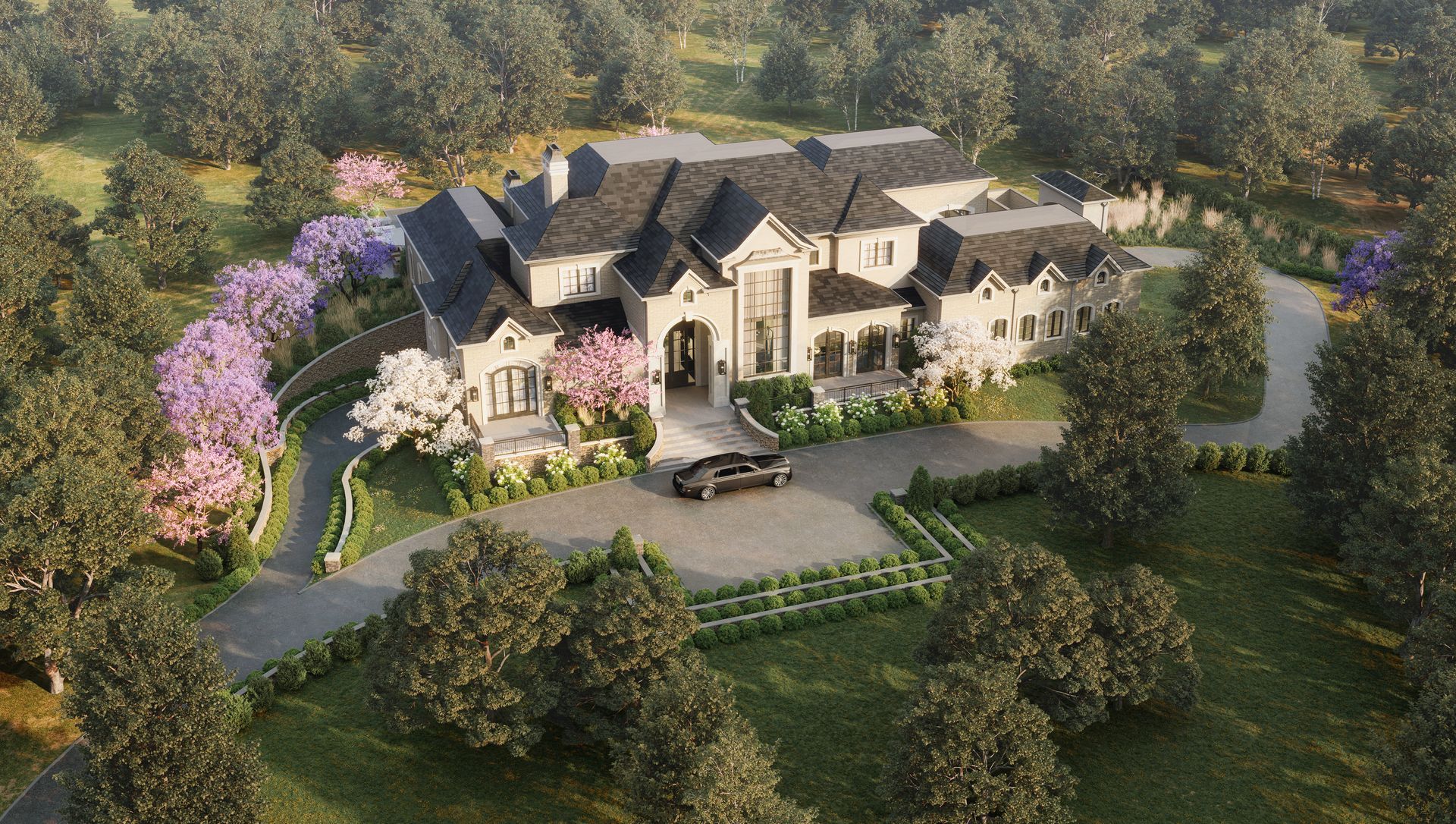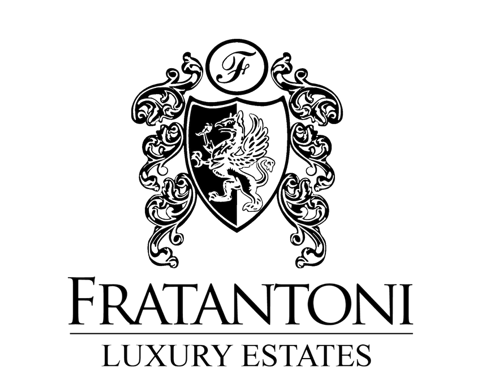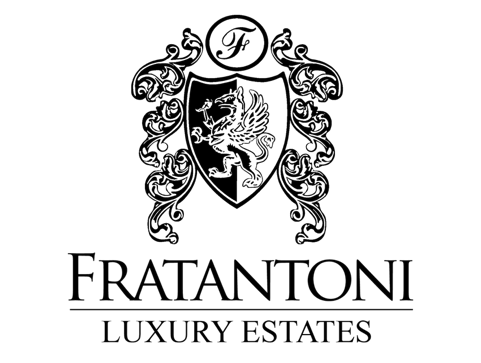Bespoke Wine Sanctuaries: Cellars, Glass Towers & Tasting Lounges Under One Roof
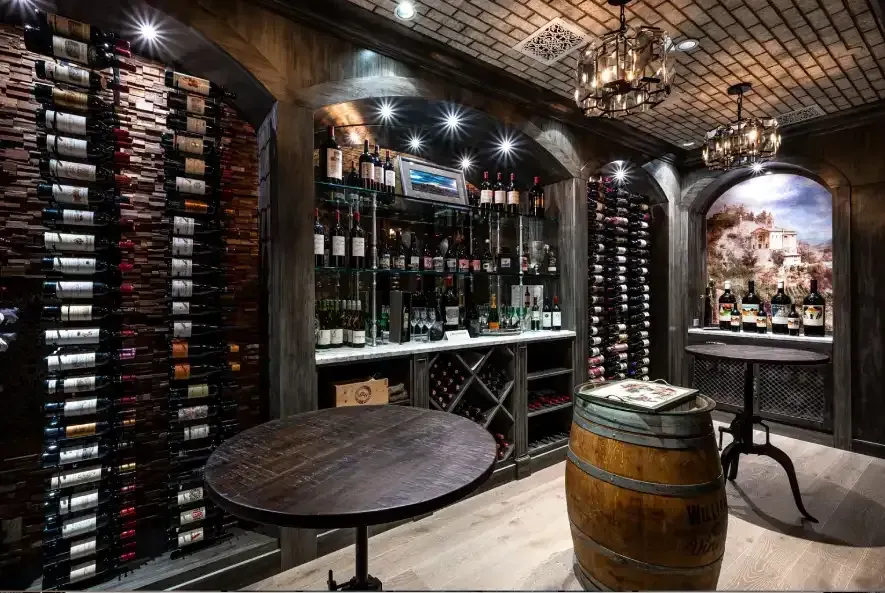
Visualize welcoming friends into a softly lit lounge where a 600-bottle, climate-controlled cellar glows behind ultra-clear glass. A single tap on your phone lowers the temperature two degrees, LED ribbons spotlight a 1990 Château Latour, and the conversation shifts from market headlines to terroir.
That experience, part theater, part craftsmanship, part investment vault, is driving the latest boom in luxury home wine sanctuaries. In 2025, serious collectors no longer hide vintages in a dusty basement; they showcase them at the very heart of the estate, turning storage into social space. Recent design reports even call the modern wine cellar a “jewel box” for the ultra-affluent, thanks to glass enclosures, app-controlled thermostats, and gallery-style lighting.
But what transforms a mere storage room into a sanctuary worthy of your first-growth Bordeaux? Let’s uncork the essentials, backed by real Fratantoni projects and the latest industry data.
Why Build a Wine Sanctuary? 4 Compelling Arguments
First and foremost, a bespoke wine cellar protects your investment. One cork failure on a $1,000 bottle can erase its value overnight, whereas controlled temperature and humidity extend the life of every vintage for decades. Second, real-estate studies show that dedicated, design-forward cellars can add up to seven percent to resale values in elite neighborhoods, proof that discerning buyers see them as must-have amenities. Third, a tasting lounge elevates every gathering: clients, friends, or family immediately recognize the sophistication of a curated collection displayed like art. Finally, daily enjoyment is priceless; when your labels are organized, visible, and maintained at perfect conditions, wine moves from occasional indulgence to lifestyle centerpiece.
Fast Facts: What Goes Into a 21st-Century Luxury Wine Cellar?
- Precision Climate Control – Commercial-grade cooling maintains 53–57 °F, 50–70 % humidity, and eliminates UV exposure.
2. Display-Forward Racking – Low-profile metal or acrylic racks showcase labels while maximizing airflow.
3. Seismic & Vibration Isolation – Floating floors or soft-close racking prevent cork fatigue and sediment disruption.
4. Smart Inventory Systems – NFC tags or image-recognition apps let collectors track hundreds of bottles remotely.
5. Security Integration – Biometric locks, motion sensors, and backup power keep assets safe during outages.
6. Adaptive Lighting – 2700 K LEDs highlight vintages without emitting harmful heat.
7. Tasting-Room Adjacency – Pair the cellar with a bar, cigar lounge, or outdoor courtyard for effortless hosting.
How many of these essentials does your current cellar (or planned build) cover?
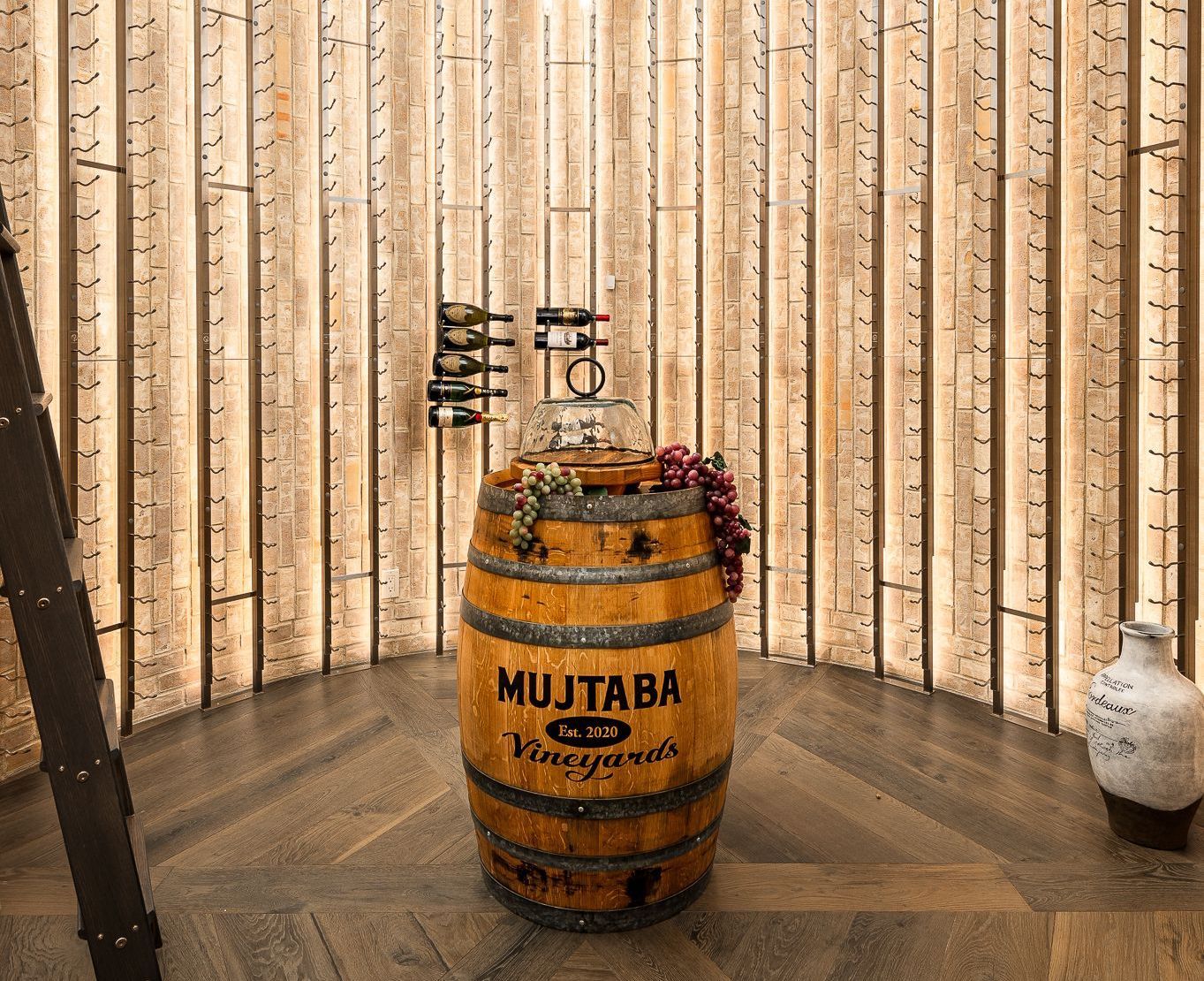
The Royal Chateau’s 600-Bottle Statement Cellar
Perched on a Camelback Mountain lot in Phoenix, The Royal Chateau already commands attention with its French-inspired massing and ten-foot steel doors. Yet guests inevitably drift to the lower-level lounge, where a climate-calibrated, 600-bottle cellar forms the room’s jewel-like centerpiece.
- Material drama — French-limestone pavers meet walnut cabinetry, while bronze-mesh grilles vent chilled air invisibly.
- Sensor-driven stewardship — A hidden control panel sends humidity and temperature alerts to the owner’s phone, ensuring each bottle ages within the ideal 53–57 °F band.
- Entertaining edge — An adjacent tasting table with onyx under-lighting lets twelve guests sample verticals without leaving the room.
The project proves you can blend Old-World ambiance with 21st-century tech, and that a cellar can become a social magnet rather than a back-of-house afterthought.
Designer Deep Dive: Selecting the Right Cellar Type for Your Estate
Choosing the right configuration starts with lifestyle. Traditional subterranean cellars suit collectors aging 500 plus bottles for the long haul; the earth’s natural insulation lowers cooling loads and stabilizes temperature. Main-level glass enclosures, however, belong near dining rooms where prized vintages can double as showpieces; they require UV-filtered glass and precision HVAC but reward you with instant visual impact. Pass-through wine galleries line everyday corridors with bottle walls so guests explore on the way to dinner, while hybrid cellar-and-lounge concepts merge seating, bar sinks, and humidors into a single entertainment hub, perfect for social sippers who host frequent tastings. Each option demands different structural and mechanical solutions, so early collaboration with your builder is crucial.
Step-by-Step: How Fratantoni Crafts a Bespoke Wine Sanctuary
- Lifestyle Discovery – We map your collecting habits, Old World vs. New, magnum ratios, and entertaining frequency to size storage precisely.
- Site Analysis – Infrared scans identify moisture and thermal bridges that inform insulation strategy.
- Concept & Visualization – 3-D walk-throughs reveal bottle density, lighting, and tasting-bar placement.
- Engineering & Climate Modeling – We calculate BTU load, vapor diffusion paths, and backup-power needs, ensuring ASHRAE compliance.
- Material Curating – From reclaimed French oak to back-lit onyx, our designers source finishes that echo adjacent rooms.
- Build & Commissioning – White-glove trades install racking, mechanical systems, and millwork; a 72-hour stability test precedes loading the first bottle.
- After-Care Concierge – Quarterly inspections, filter swaps, and seasonal tasting events keep the sanctuary, and your palate, in peak condition.
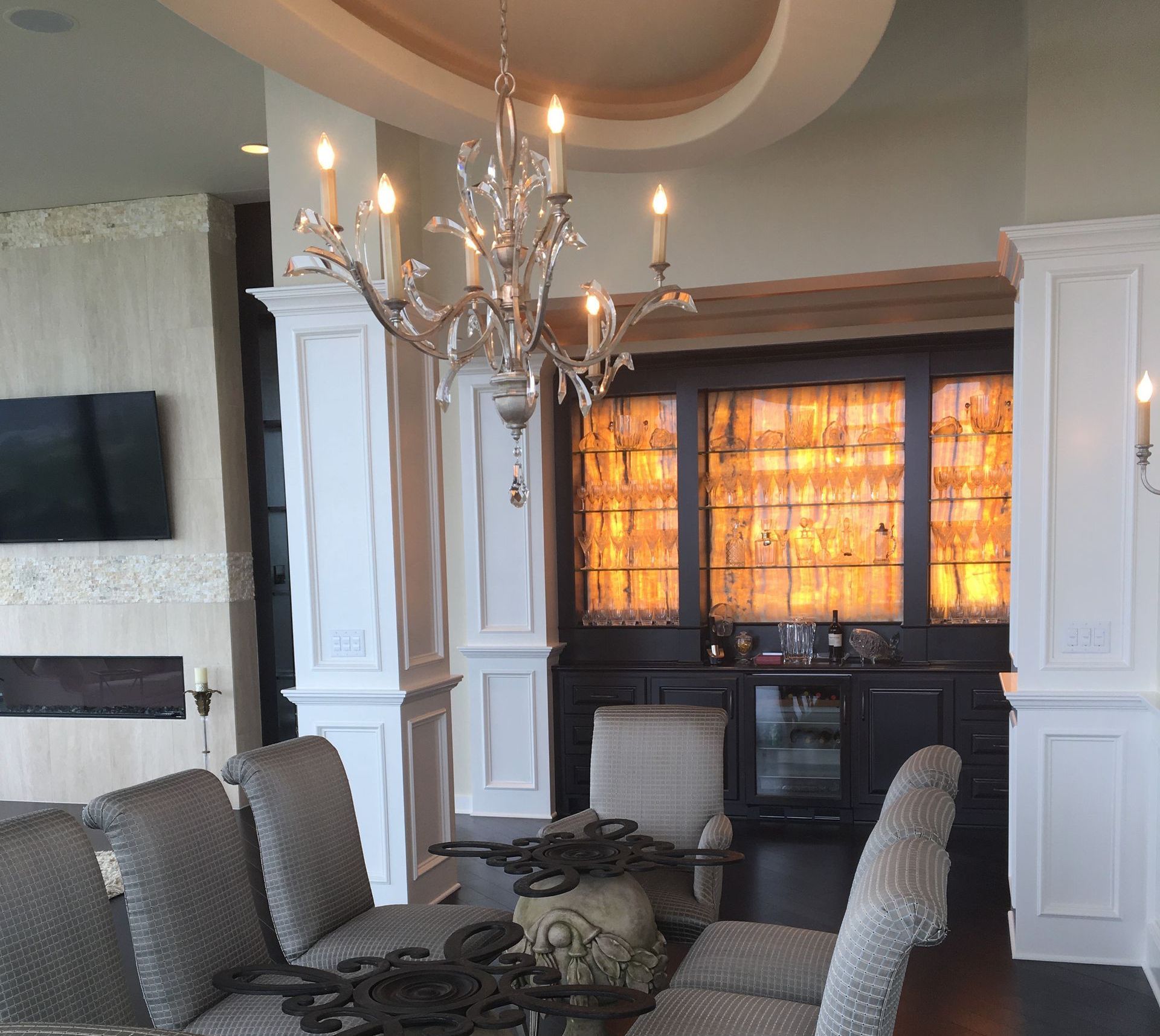
Kansas City Penthouse — Glass Tower Meets Skyline
In a 4,000 sq ft remodel atop One Park Place, Fratantoni designers faced a challenge: how do you integrate significant wine storage without blocking million-dollar views? The answer was a 13-foot glass wine tower that acts as a translucent room divider between dining and living zones, preserving sightlines to the city lights. Ductwork disappears into a smoked-oak soffit, and a ribbed-glass bar façade reflects evening glimmer, so bottle labels become living art. Guests can swirl a Cabernet while watching planes descend toward KCI, an unforgettable fusion of oenology and urban drama.
Frequently Asked Questions
Will a cellar in Arizona’s desert climate devour energy?
Not when engineered correctly. Spray-foam insulation, vapor barriers, and high-SEER condensers sized to the cellar, rather than the entire house, can trim energy use by up to forty percent.
How large does my collection need to be before a full cellar makes sense?
We recommend a dedicated build once you surpass roughly 250 bottles or routinely purchase futures intending to age them ten years or more. Below that threshold, a compact glass tower often suffices.
Can I retrofit an existing room?
Absolutely, but expect to open walls for insulation, vapor membranes, and refrigeration lines; plan on a 15–20 percent contingency to handle unforeseen conditions.
Does a cellar require constant monitoring?
Modern systems send text alerts if temperatures drift, think of it as a security alarm for Merlot.
Key Takeaways
- Wine sanctuaries merge function and theater, turning cellars into showpieces that enhance lifestyle and property value.
- Precision climate control—53–57 °F and 50–70 % humidity is non-negotiable; bespoke engineering keeps energy costs reasonable.
- Real-world examples, such as The Royal Chateau and the Kansas City Penthouse, demonstrate how diverse architectures, from hillside estates to urban high-rises, integrate stunning cellars and glass towers.
- Smart technology and inventory apps protect six-figure collections with real-time alerts and biometric security.
- Design synergy matters; materiality, lighting, and adjacency should harmonize with the broader estate, not feel tacked on.
Your Vintage Deserves a Home as Extraordinary as Its Terroir
Whether you envision a brick-vaulted cellar beneath a Spanish Revival or a crystalline wine wall beside your contemporary kitchen, a Fratantoni Luxury Estates wine sanctuary elevates more than dinner parties, it safeguards liquid history.
Ready to create a cellar that pours prestige with every glass? Contact Fratantoni Luxury Estates today for a private consultation and discover how our award-winning team can integrate a world-class wine experience into your next custom home or renovation.
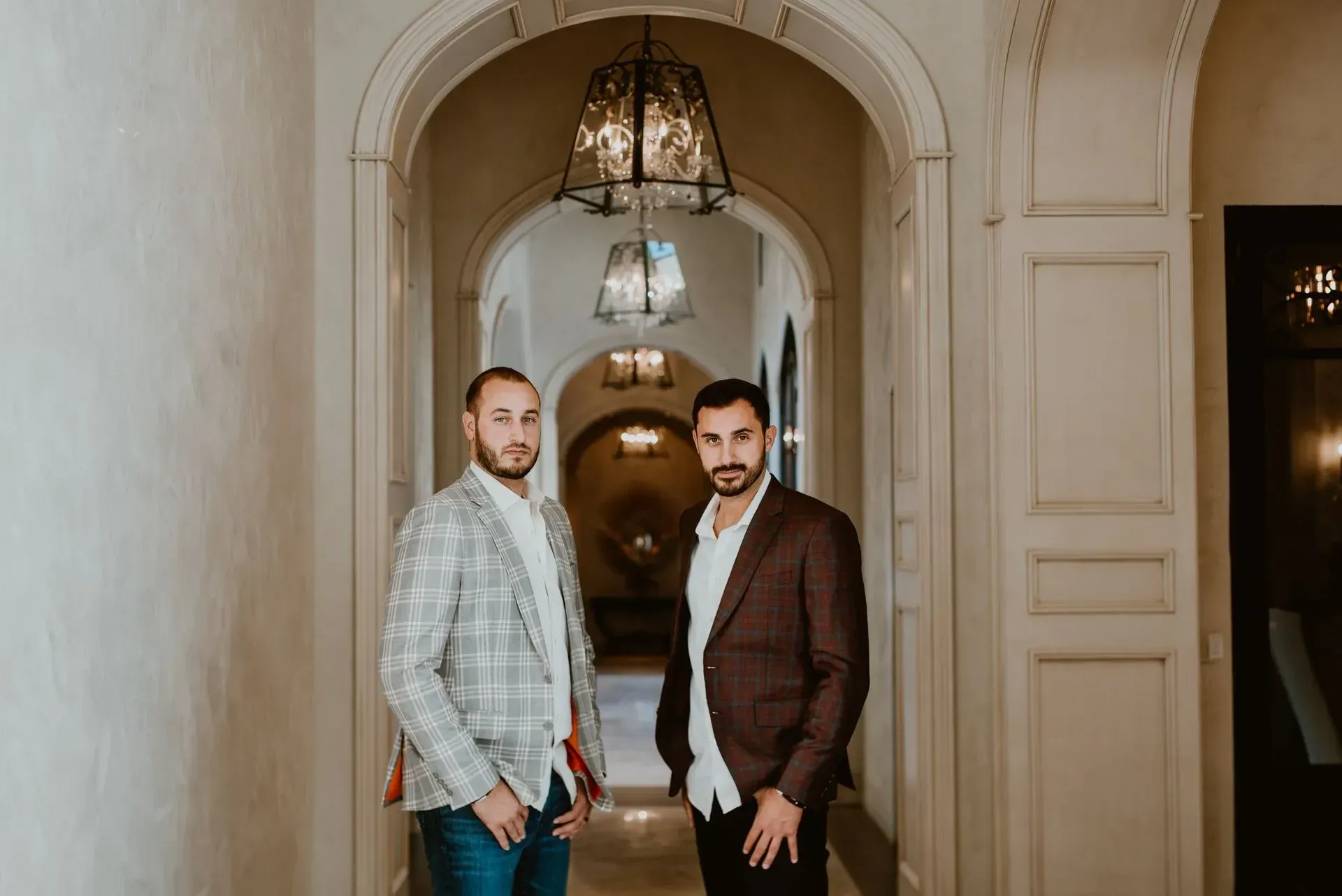
Contact Us
